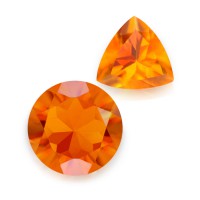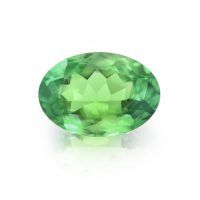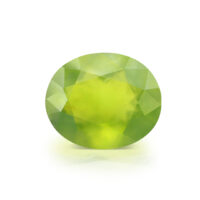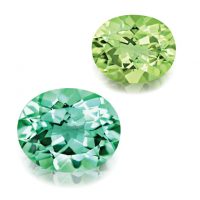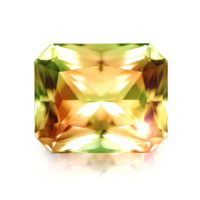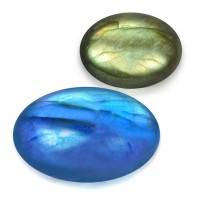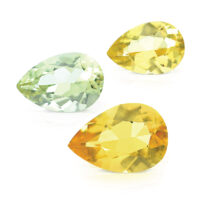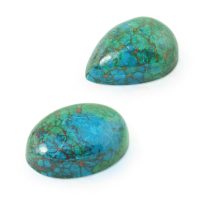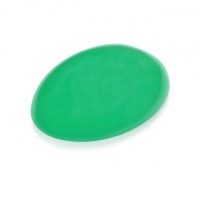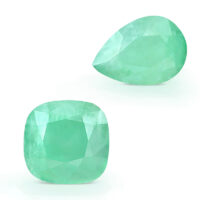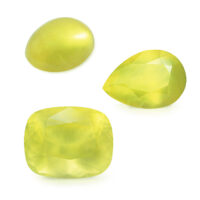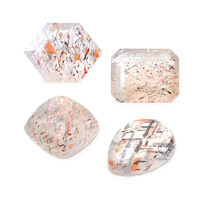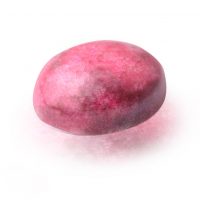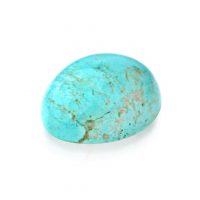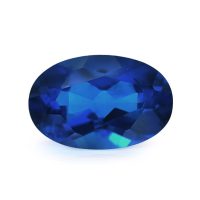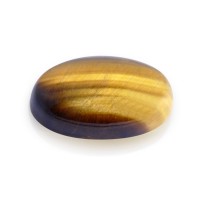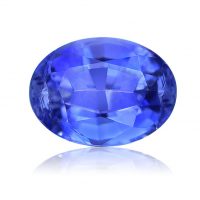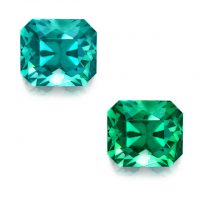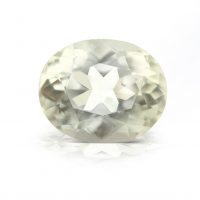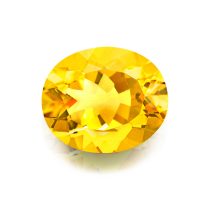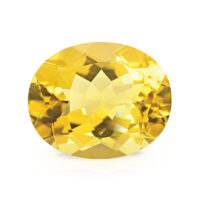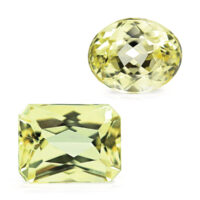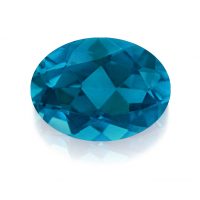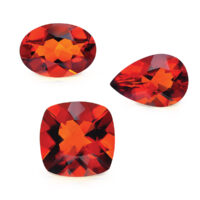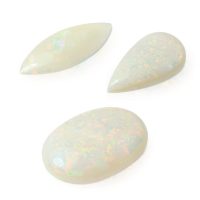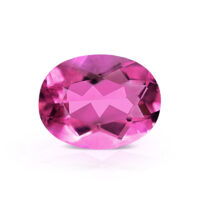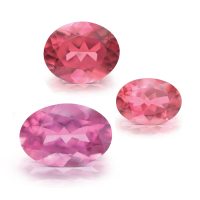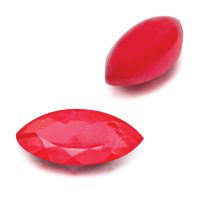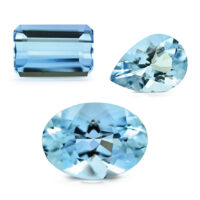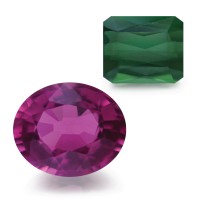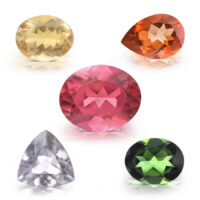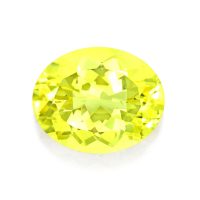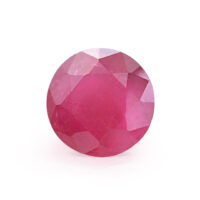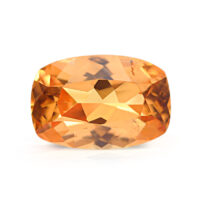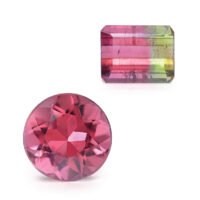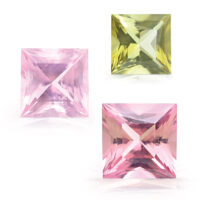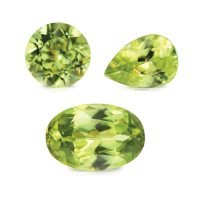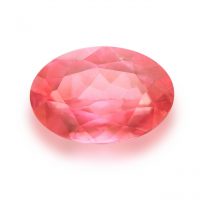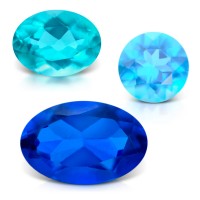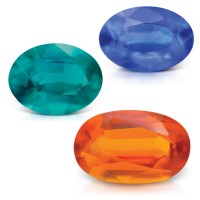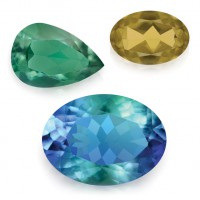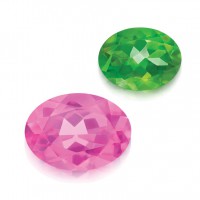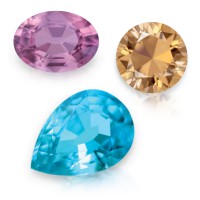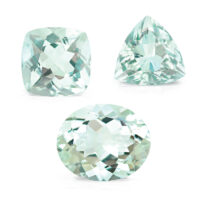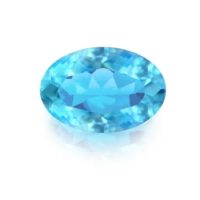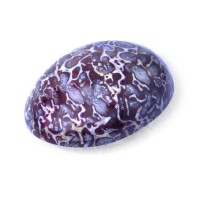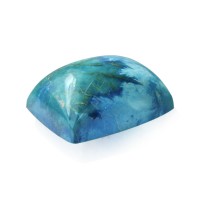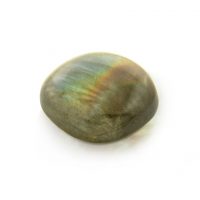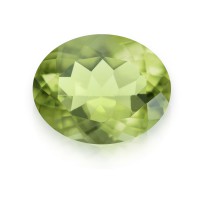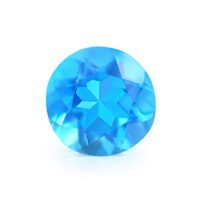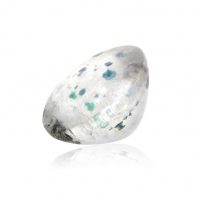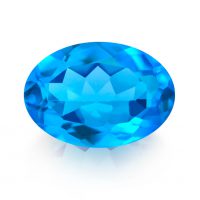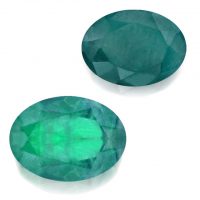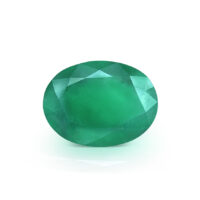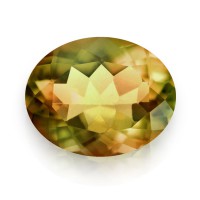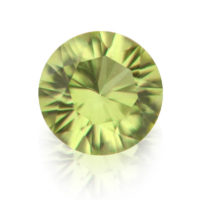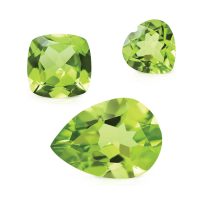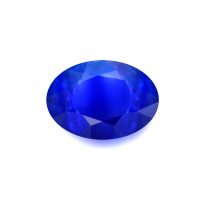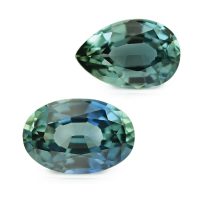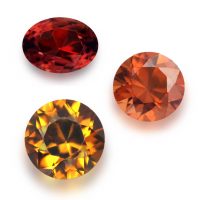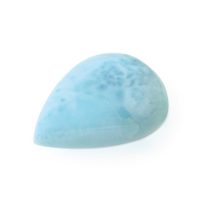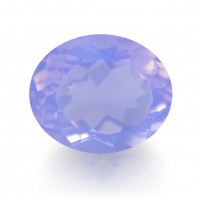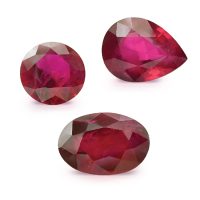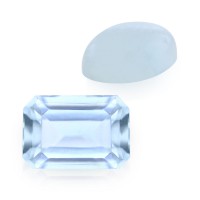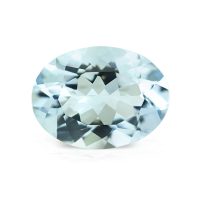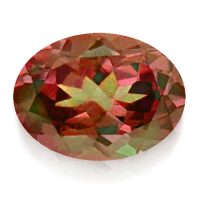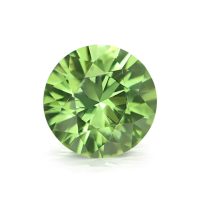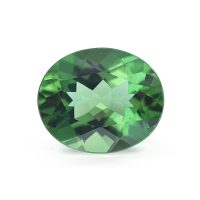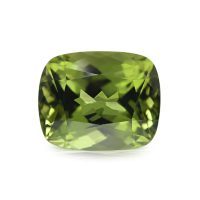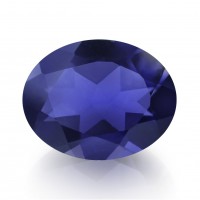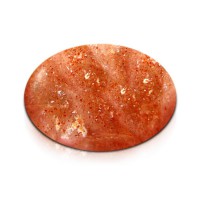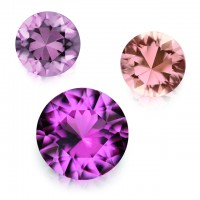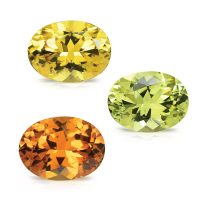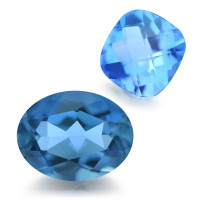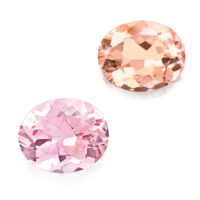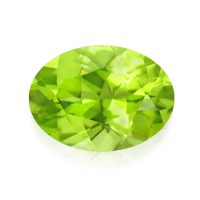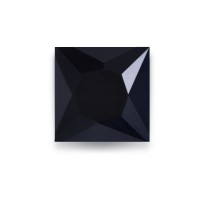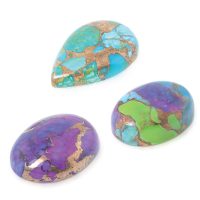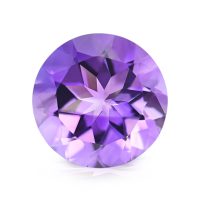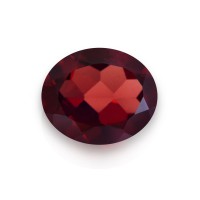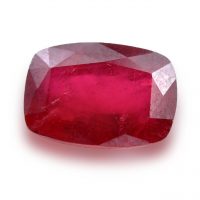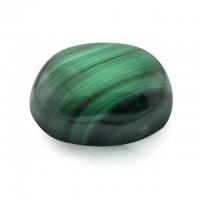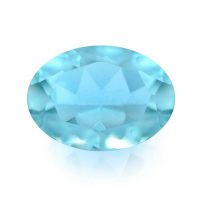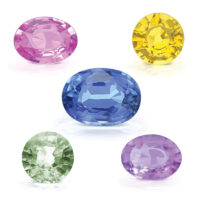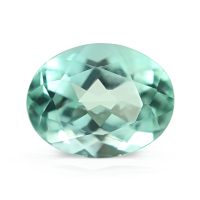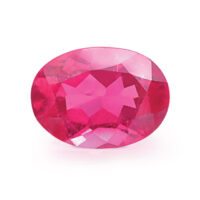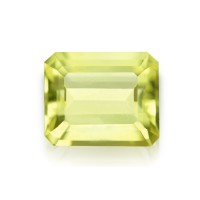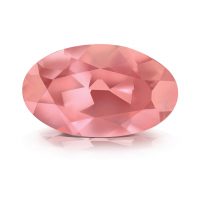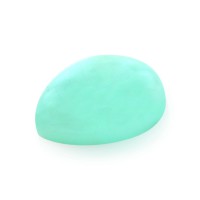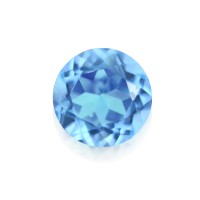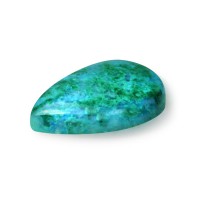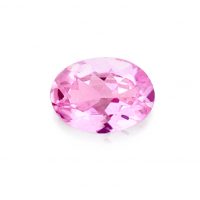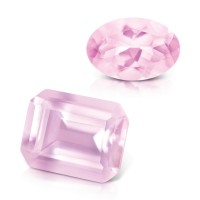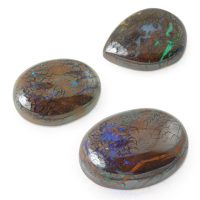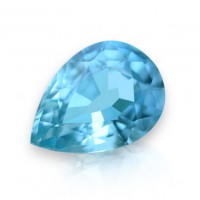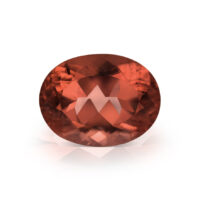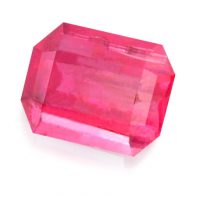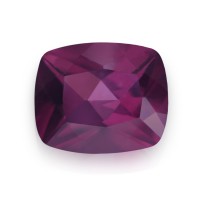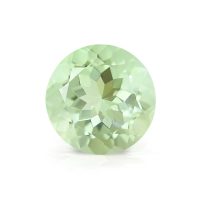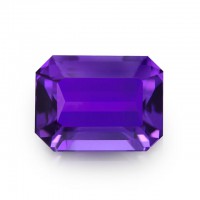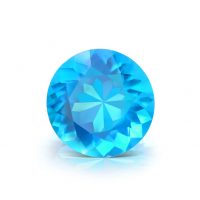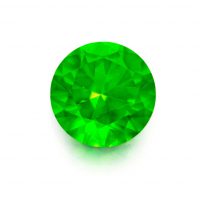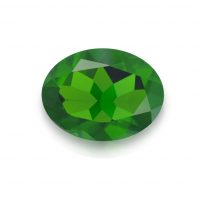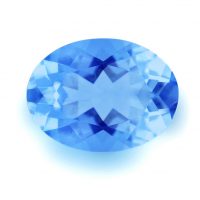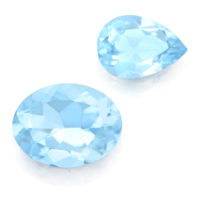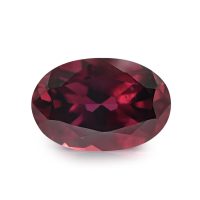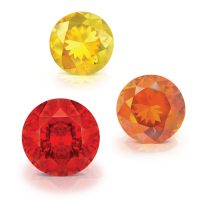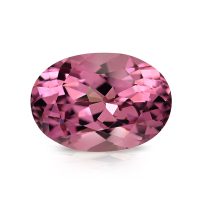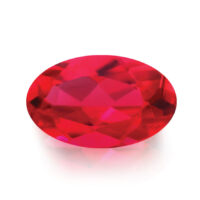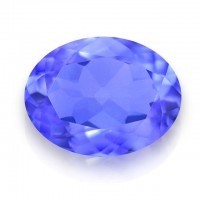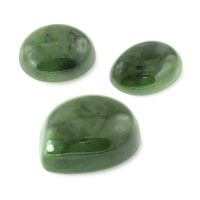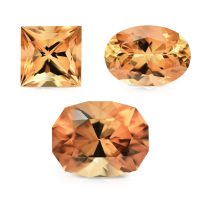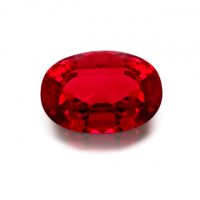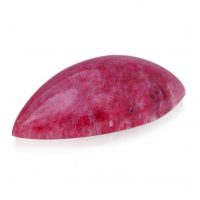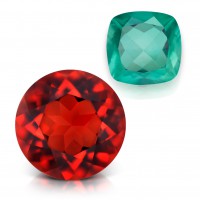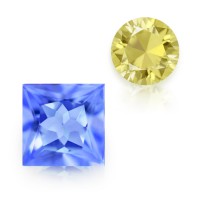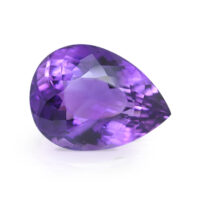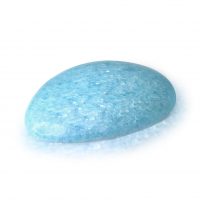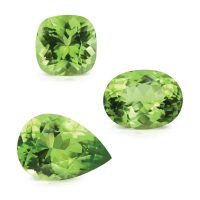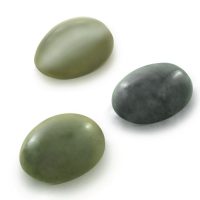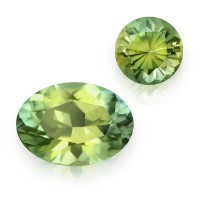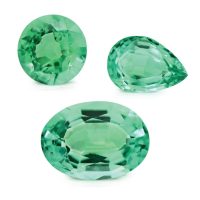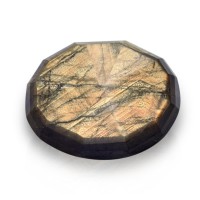

Named for its famed deposit, synonymous with fine-quality, Tepetate Topaz’s found near Tepetate (Teeh-peh-tah-teeh) village in the Mexican state of San Luis Potosí, and are largely historic (1960 – 1990). Naturally beautiful, Tepetate Topaz’s scarce, imperial golden cognacs, exceptional brilliance, superb clarity, and excellent transparency, effortlessly transition to evening wear. Sourced from American lapidary, Ken Ivey, who wisely vaulted crystals in the 70s, our dwindling reserves are restricted. Tepetate Topaz embodies a gems’ defining ideals: undeniable beauty; genuine ‘old mine’ rarity; and everyday durability; keeping it highly-prized among savvy jewelry-connoisseurs.
Beauty
Tepetate Topaz showcases a gorgeous, all-natural yellowish-orangish-pinkish fusion, with subtle secondary browns, in a highly-desirable medium to medium-light saturation (strength of color) and tone (lightness or darkness of color), the marketplace ideal.
With nearly 90 percent of all gemstones, blue, green, or red, imperial golden cognacs are especially coveted. Looking beautiful in all lighting, the rarely achieved gemological ideal, Tepetate Topaz looks great in low-light due to its superb clarity, excellent transparency, and high-refraction, combining to afford exceptional brilliance.
Optimal lapidary is absolutely critical for all Topaz, but especially so for Tepetate Topaz, one of the most valuable varieties. Dichroic (two-colors visible when viewed from different angles), with one color usually darker than the other, if incorrectly orientated, its darker dichroic hue can collect at the ends of the finished gemstone, resulting in an uneven color. Topaz also has perfect cleavage, tending to break along specific, flat planes, particularly perpendicular to the long axis of the crystal. To avoid damaging or splitting Topaz, lapidaries must always consider the cleavage direction when shaping and polishing.
Expert cutting that accentuates Tepetate Topaz’s innate beauty is essential, with ours optimally faceted in the legendary gemstone country of Sri Lanka (Ceylon), home to some of the world’s best lapidaries. Each crystal was carefully orientated to maximize an even, colorful brilliance, maintaining an eye-clean clarity (the highest quality clarity grade for colored gemstones as determined by the world’s leading gemological laboratories), a high/mirror-like polish (accentuating its vitreous ‘glassy’ luster), and an attractive overall appearance (outline, profile, proportions, and shape).
Coming in a diverse array of gorgeous colors, and one of Novembers’ prized birthstones, Topaz is a hydrous aluminum fluorosilicate, whose unique crystal structure makes it a hard and dense gemstone. The etymology of ‘Topaz’ is intriguing, being either derived from the Sanskrit ‘tapaz’ (fire) or from the Greek ‘topazios’, their name for Zabargad (also Zeberged, Zeberget, or Saint John’s Island), an island in the Red Sea and the ancient source of Peridot. While Peridot was sometimes called ‘Topaz’ (as were many other yellowish gems), Roman scholars who likely saw these gems as different, speculated that the Greek’s name for the island originated from similarities between the Greek ‘topazios’ and ‘topasin’ (guess or conjecture). Given that fishermen sometimes lost Zabargad in fog, ‘topasin’ could conceivably have been the basis for its name. In his famous book, ‘The Curious Lore of Precious Stones’, even the venerated George Frederick Kunz (1856 – 1932) treats Topaz and Peridot as the same gem. An inherently romantic symbol of love and affection, Topaz’s many ancient beliefs and traditions have created a history as brilliant as the gem itself. If you were an ancient Egyptian you would have called Topaz the ‘Gem of The Sun’, believing its golden-yellow hues were colored by your sun god, Ra, making it a powerful talisman. As a Roman, you would have believed its golden crystals were a gift from another sun god, Jupiter, and endowed with the ability to neutralize enchantments. It’s supposed ability to bless and protect continued in medieval courts, where one would present an engraved Topaz to win a nobles’ favor. In 19th century Russia, pretty Tsarina’s preferred Topaz’s pink and ‘imperial’ (yellow-orange-pink) hues, while baby boomers were the first to be bedazzled by its beautiful blues. Topaz is mentioned as being one of the ‘stones of fire’ (Ezekiel 28:13-16), that were given to Moses on the Mountain of God, and following God’s instruction (Exodus 28:15-30), set in the breastplate of Aaron (high priest and brother of Moses). In Revelations (21:19-21) Topaz is also one of the 12 gemstones set in the foundations of the city walls of Jerusalem (Revelations 21:19). While the apostles and these gems are directly linked in the Bible (Revelations 21:14), it wasn’t until the late 10th century that Andreas, the Bishop of Caesurae, associated Topaz with the Apostle Matthew, referencing a rosy color (Pink Topaz) as biblically correct. Topazes’ browns, blues, and yellows are the result of color centers (crystal structure defects selectively absorbing certain light wavelengths causing color), its pinks and reds are caused by chromium, and its oranges are the result of chromium and/or color centers.
Rarity
While Topaz is found in Mexico, Mozambique, Myanmar (Burma), Nigeria, Pakistan, Russia, Sri Lanka, Ukraine, and the USA, the Brazilian state of Minas Gerais (English: General Mines) remains the primary source. Origin aside, the difference between Mexican Topaz, and the related Imperial Topaz, are the latter’s absence of browns/goldens. With all Imperial Topaz historically Brazilian mined, only Brazilian Topaz are traditionally referred to as ‘Imperial’; specifically, Pinkish-Orangish-Yellowish Topaz from a soul source, Mino do Capão (Portuguese: Big Lid Mine), located in the middle of the 290 square-kilometer Topaz deposit near the town of Ouro Preto, in the Brazilian state of Minas Gerais. The ‘emperor’ of Topazes and one of the world’s most coveted rare gemstones, Imperial Topaz was named in honor of Brazilian Emperor Dom Pedro. Another popular legend links this gem with the power of Imperial Russia; the name apparently being coined as a result of Brazilian Topaz decorating the jewelry of Tsarinas.
While Topaz has been found throughout Mexico since the late 1800s, arguably the best mineral collector-quality specimens, and fine faceted Mexican Topaz, during the last 60 years, have come from three places: small mines north of the town of Tepetate (San Luis Potosí), the Verónica Mine near Copetillo (Zacatecas), or from diggings near San Felipe (Guanajuato). Mexican Topaz-bearing rhyolites (the most silica-rich volcanic rock) occur in a volcanic belt extending from Durango to Hidalgo. While there are 26 Topaz deposits scattered across the belt, the best crystals are found on the San Luis Potosí Volcanic Field.
Discovered in the 60s, the Tepetate (‘Tepetates’ on 19th-century maps) deposit is located in the Villa de Arriaga Municipality of the Mexican state of San Luis Potosí. ‘Tepetate’ (Stone Mat), is a Spanish term derived from the native Nahuatl language word ‘Tepetlatl’, referring to hardened volcanic, rhyolitic Topaz-bearing tuffs, widespread across the region.
At its peak during the 70s and 80s, Tepetate was internationally renowned, with locals busy unearthing gemmy crystals and mineral specimens from various artisanal pits, mining the host-rock on Cerro El Gato, a rhyolitic dome (a landform composed of viscous, rhyolitic lava extruded from a volcanic vent and piled around). Formed approximately 32 – 26 million years ago, it’s situated north of the village of Tepetate, high in rough back country in the Central Mesa (elevation 2,610 meters). Other minerals found in this rock include, Bixbyite, Cassiterite, Goethite, Hematite, Opal, and Rutile. Very seldom ranging up to 2,315 centimeters, most Tepetate Topaz crystals are small, forming complex, isolated spherical vesicles (cavities in igneous rocks) less than 3 centimeters. With larger crystals usually etched, translucent, and more basic in appearance, fine Tepetate crystals over 5 centimeters are exceptional.
Ranging from colorless to golden brown and deep brown, with some bicolor-zoning, miners interestingly color grade rough as blancos (colorless), amarillas (yellow), comena (beeswax color), miel (honey-colored), and café (rich brown). Believed influenced by crystallization temperatures, color is primarily due to color centers, stable up to 500°C, occasionally fluorescing green under longwave ultraviolet light. Deeper-colored crystals are found in the rhyolite host-rock’s central mineralized zone, with lighter colors near the margins, and colorless near its axis, forming at temperatures above 500°C.
A protected reserve since 2018, Cerro El Gato is located in the southwestern part of the Sierra de San Miguelito, and in 2021 was named, the ‘Sierra de San Miguelito Flora Protection Area’, to prohibit poaching and limit development. While little has been unearthed since active mining stopped in the late 90s, locals still periodically dig for Topaz crystals, selling them to both dealers and tourists in Tepetate village. With its mineral specimens remaining highly-valued amongst collectors, few new or historic Tepetate Topaz crystals are available for lapidaries. In 2019, Topaz crystals very similar to Tepetate were reportedly mined approximately 40 kilometers south.
Sourced from American lapidary and gem trader, Ken Ivey, who acquired approximately 25 kilos of Tepetate Topaz crystals in the 70s. Tumble polished for grading after acquisition, Ken’s remaining rough is very limited, and increasingly limited to smaller sizes. Ken originally started in the gem business cutting Opals for jewelers in 1975. Active for several years, cutting, selling and trading Agates and Jaspers for much of the rough they now use, after family obligations became less, he again began cutting and selling gemstones in 2010. Ken describes his gems as ‘Garage Stones’, since the rough was acquired decades ago and ‘moved’ with his family over the years. He jokes, “my wife packed up the house and I packed up the rocks”.
Due to the nature of Tepetate Topaz, most crystals faceted gems below 7x5mm, with a highly-variable yield, ranging from an excellent 40 percent for smaller sizes/larger fancy cuts, down to 15 percent for ovals and cushions; noting the usual gem mineral return is 20 – 35 percent. The largest faceted Tepetate Topaz recorded weighs 25 carats.
With advances in modern enhancements, today’s gem market has a multitude of color choices for Topaz, with well over 90 percent enhanced via coatings, heat, or irradiation. Importantly, Tepetate Topaz is one of the few Topazes that are totally natural and unenhanced, accentuating desirability, rarity, and value. While some Mexican Topaz can occasionally be unstable, fading/sun-bleaching when exposed to natural UV sunlight, Tepetate Topaz is confirmed completely color stable with normal wear.
Durability & Care
With a unique, dense crystal structure, Topaz is one of the world’s hardest gemstones (Mohs’ Hardness: 8), and an excellent choice for everyday jewelry. Always store Tepetate Topaz carefully to avoid scuffs and scratches. Clean with gentle soap and lukewarm water, scrubbing behind the gem with a very soft toothbrush as necessary. After cleaning, pat dry with a soft towel or chamois cloth.
Map Location

Click map to enlarge
